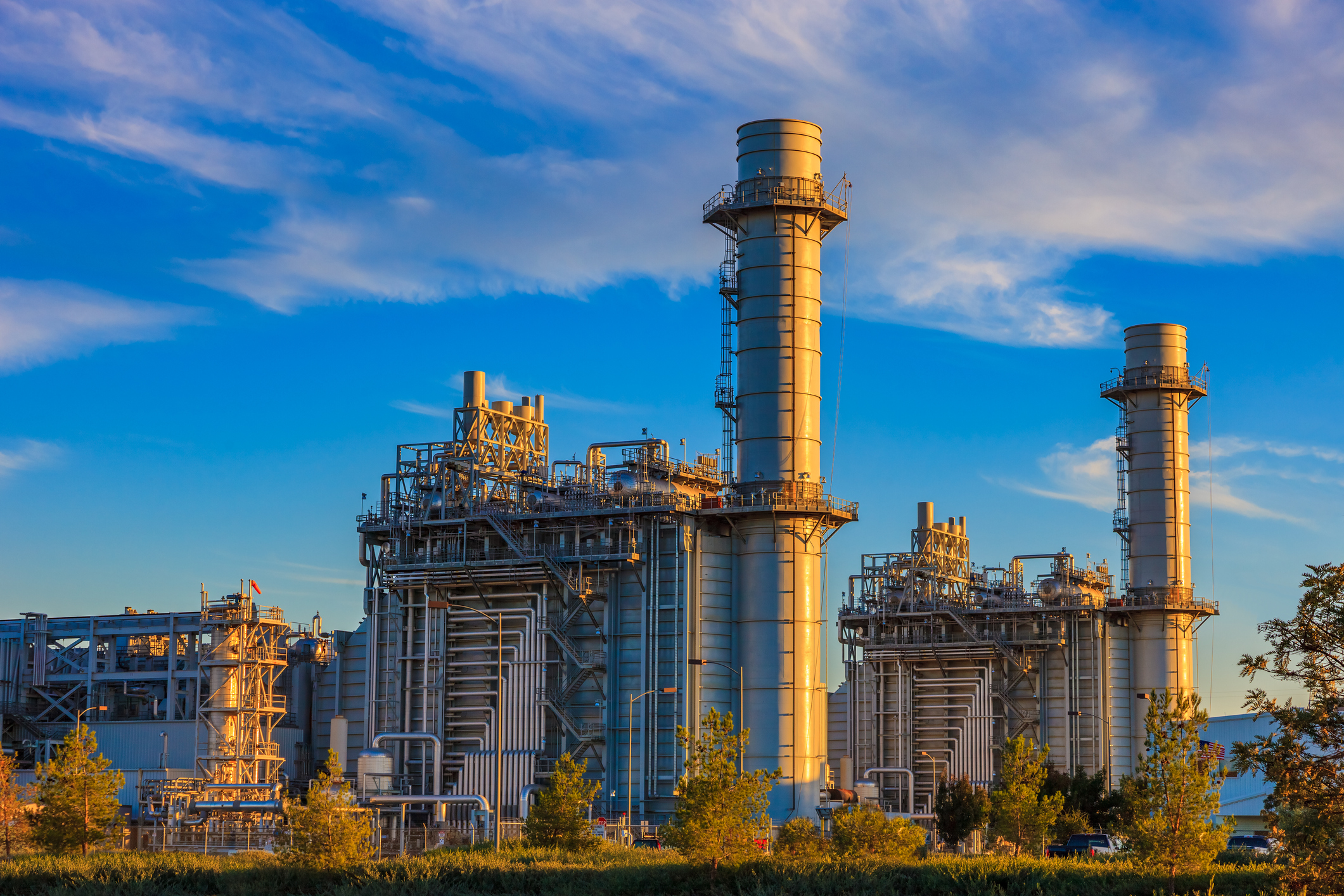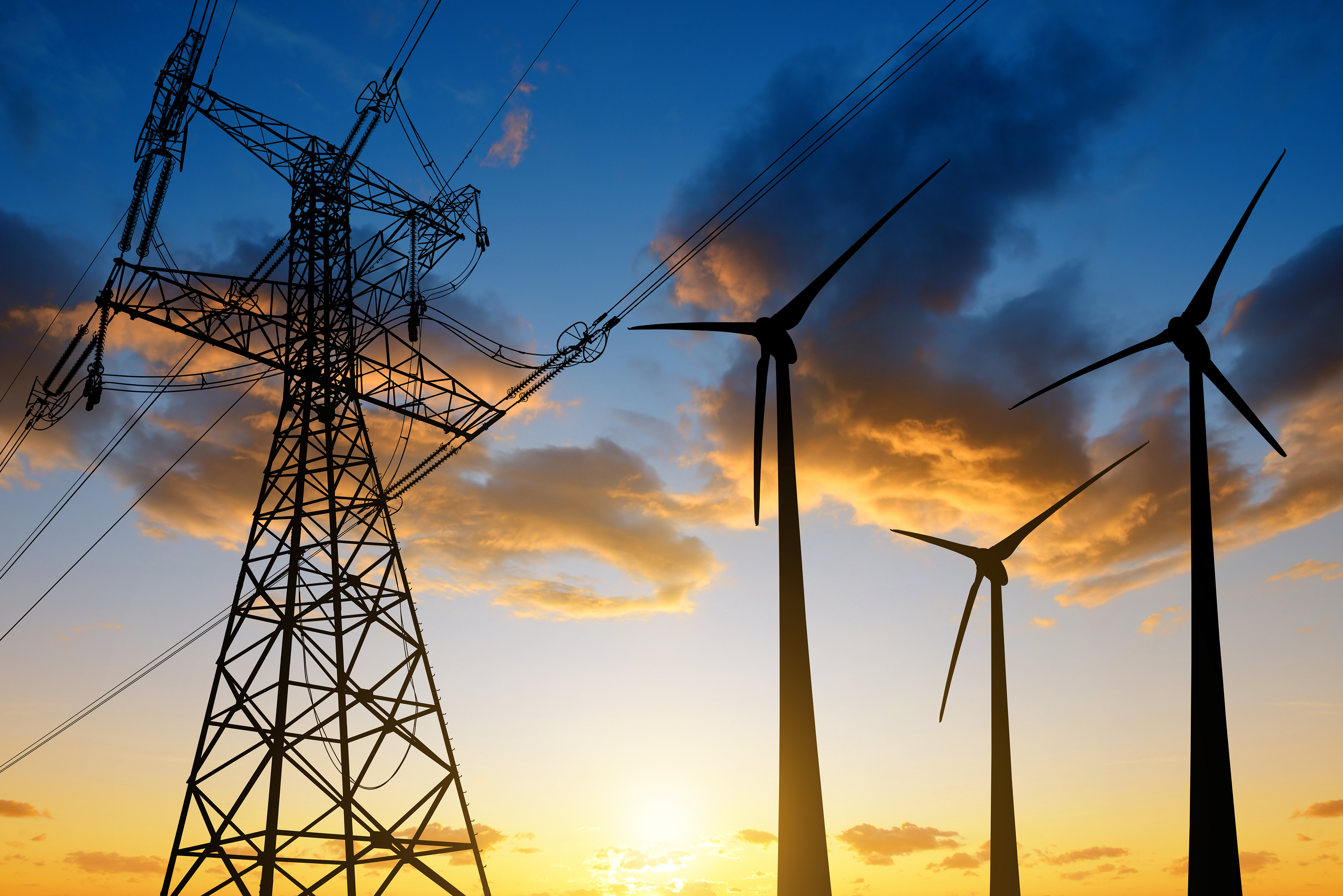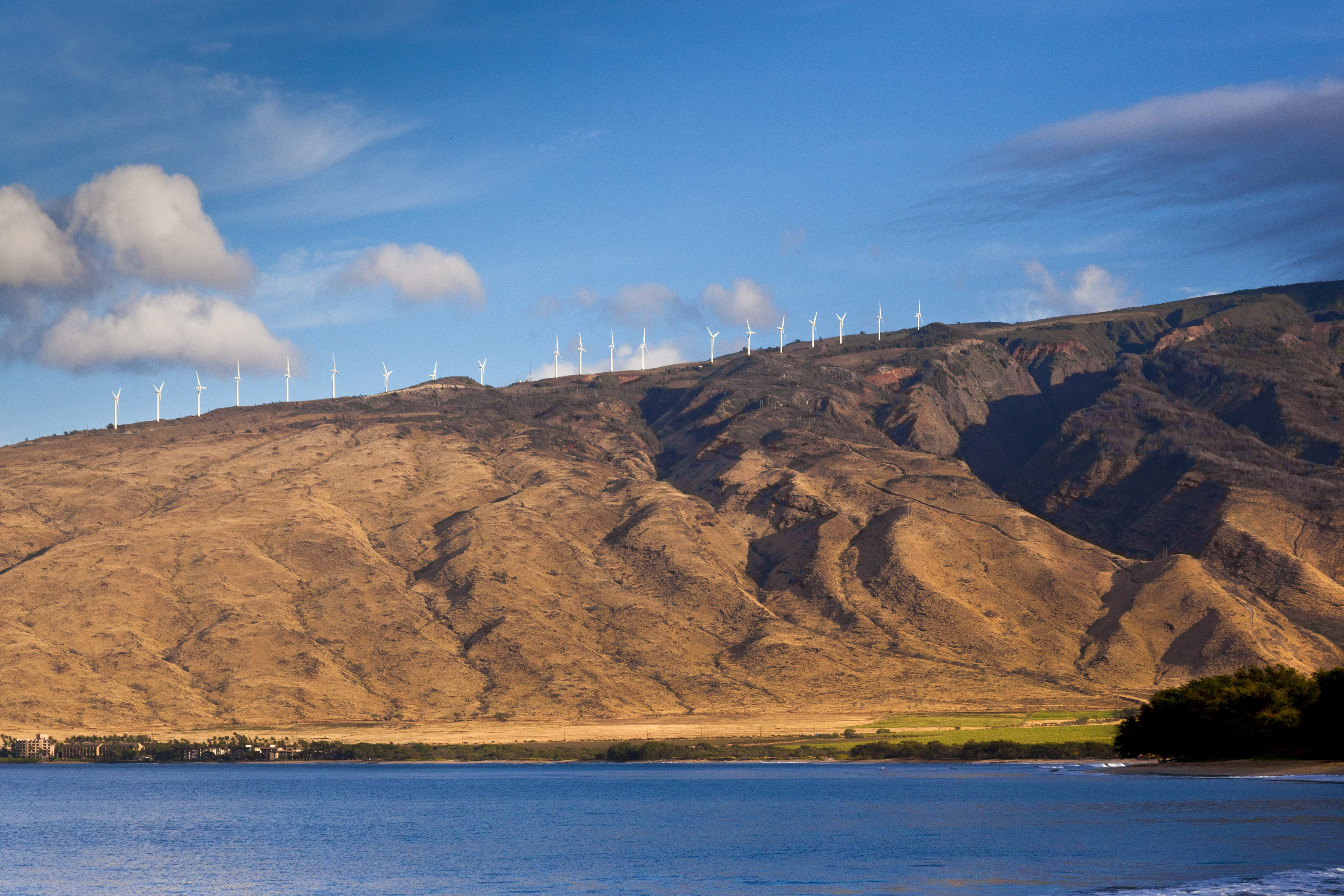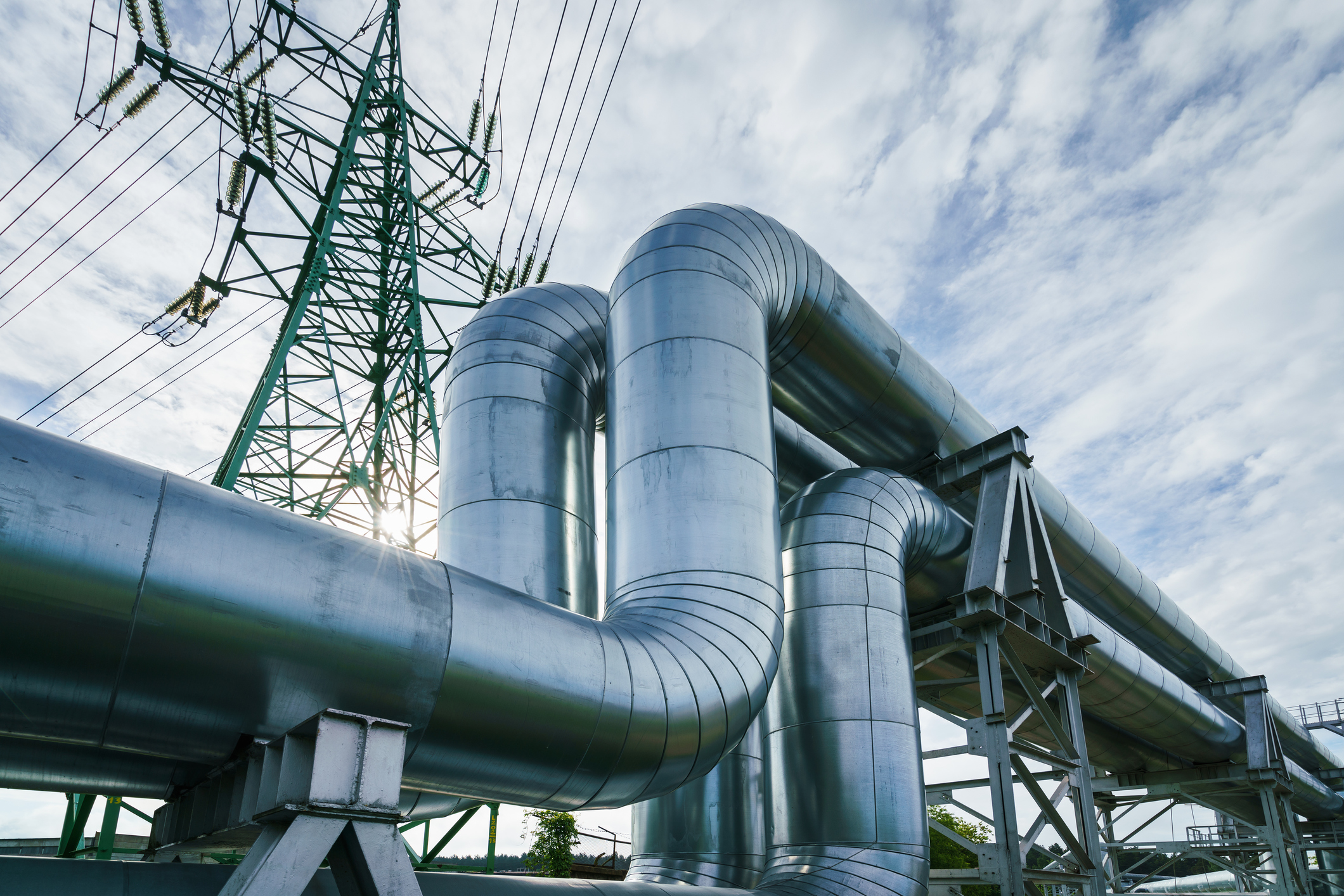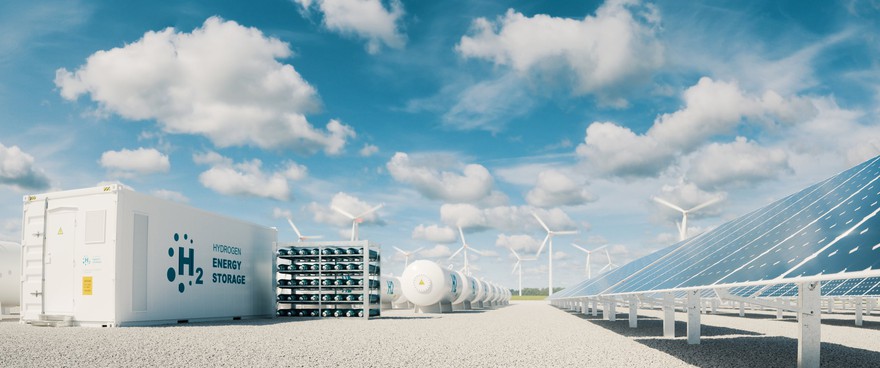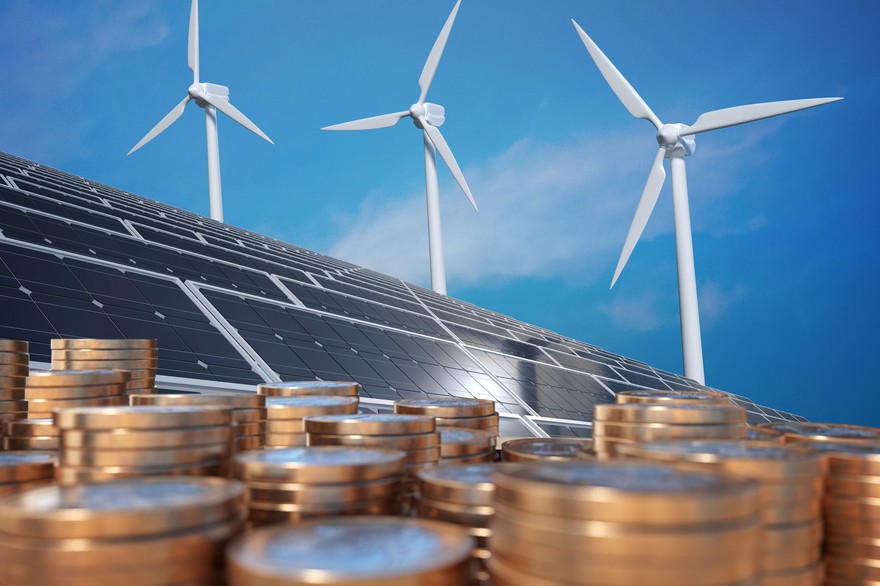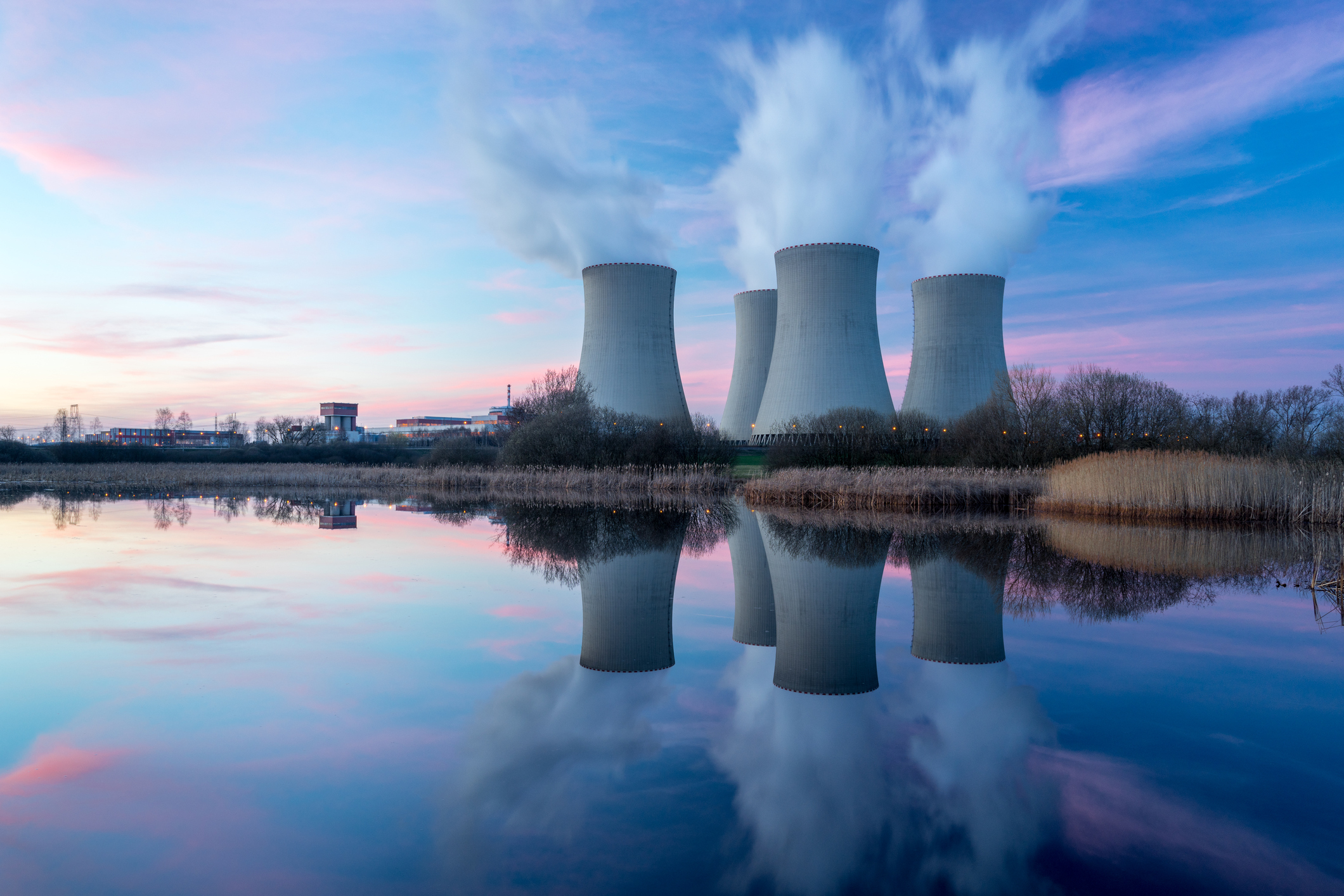Natural gas is an abundant resource. It's also cleaner and cheaper than other fossil fuels, such as oil and coal.
However, natural gas has a significant disadvantage. Gas must travel from production basins to market centers by pipeline. Since it's not easy to build pipelines across oceans, that puts many international markets out of reach. Companies must turn natural gas into a pressurized liquid and transport it using specialized ships that can carry it to overseas markets.
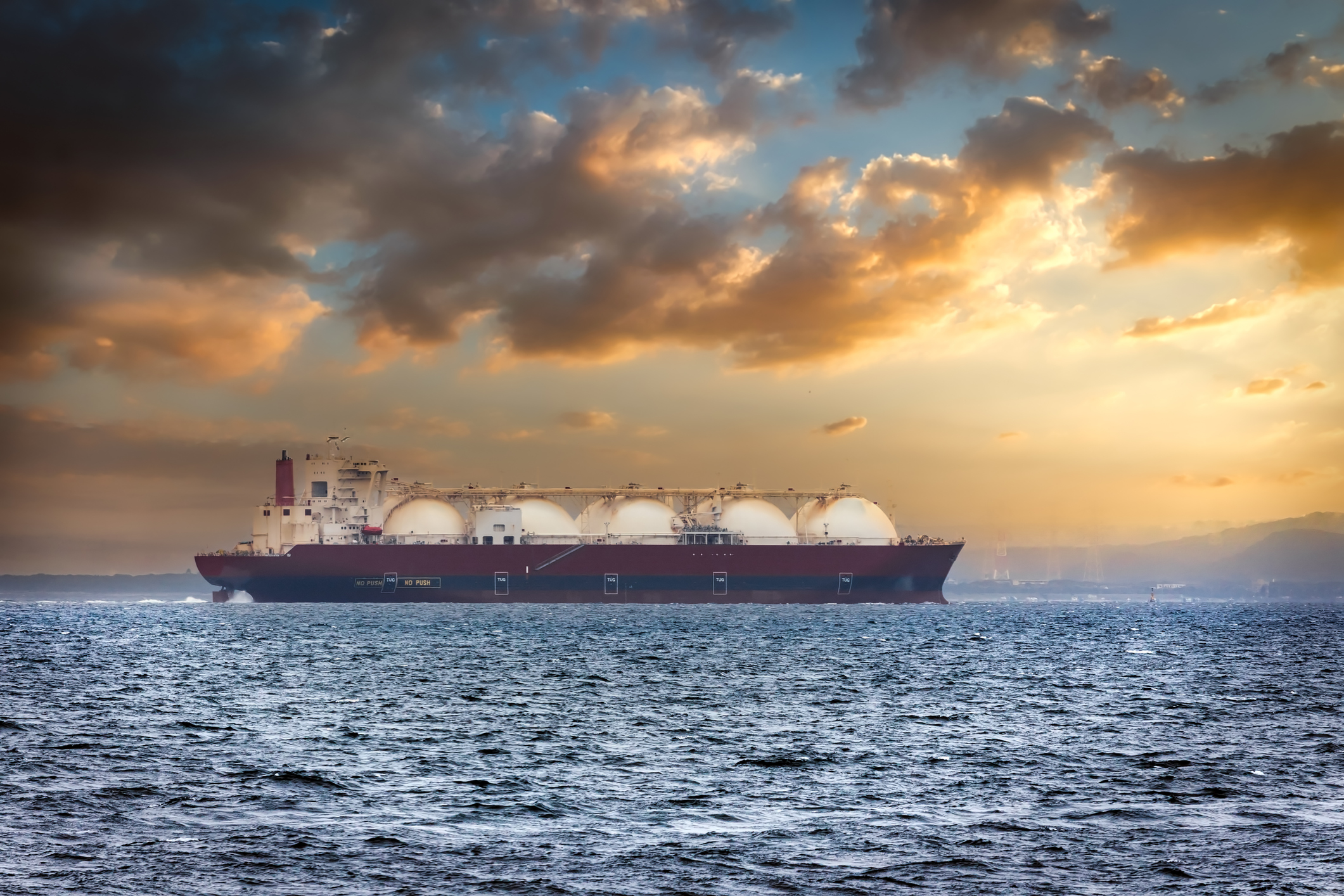
Energy companies are investing billions of dollars in building liquefaction facilities in hopes of cashing in on the growing international demand for liquefied natural gas (LNG). Here's a look at what's ahead for the sector and the companies in the best position to cash in on the growing global LNG demand.
Law of Supply and Demand
What are the top LNG companies?
Many of the world's largest LNG producers are state-controlled companies. Qatargas, owned by the government of Qatar, is one of the world's largest LNG producers. Qatar was the world's top LNG producer until 2023, when the U.S. overtook the Middle Eastern nation as the LNG leader for the first time in history.
Although state-owned companies are a force in the LNG market, they're not alone. Several publicly traded energy companies rank among the LNG sector's biggest producers. Here are five top LNG stocks for investors to consider:
1. Cheniere Energy

NYSE: LNG
Key Data Points
In 2016, Cheniere Energy (LNG +1.01%) became the first company to export LNG from the lower 48 states. It has invested more than $50 billion to become the leading U.S. LNG producer and the second-largest global producer. The company operates two LNG facilities along the U.S. Gulf Coast that export gas to foreign buyers:
- Sabine Pass: Located in Louisiana, the LNG facility has six fully operational liquefaction units, or "trains." Sabine Pass has the capacity to produce about 30 million metric tons per annum (MTPA) of LNG. The company has started the permitting process to potentially expand that facility by another 20 MTPA. It hopes to approve its next expansion phase by 2026.
- Corpus Christi: This Texas facility currently has three LNG trains with the capacity to produce roughly 18 MTPA of LNG. Cheniere is actively expanding this facility. It was wrapping up construction on the Corpus Christi Stage 3 project in 2025. It also approved the Corpus Christi Midscale Trains 8 & 9 and Debottlenecking Project in mid-2025, which will add another 5 MTPA.
Cheniere Energy sells roughly 90% of its LNG to foreign buyers, such as utilities, under long-term, fixed-fee contracts. The company's contracted volumes provide it with a predictable cash flow. It uses the money to repay debt, invest in expanding operations (e.g., Corpus Christi Midscale Trains 8 & 9), and reward shareholders through dividends and share repurchases.
Cheniere plans to deploy over $25 billion of its available cash towards accretive growth, share repurchases, balance sheet management, and dividends through 2030. That supports its aim to generate more than $25 per share of distributable cash flow by the early 2030s.
2. ConocoPhillips

NYSE: COP
Key Data Points
3. ExxonMobil

NYSE: XOM
Key Data Points
ExxonMobil (XOM +1.77%) is a global leader in LNG. The oil and gas giant owns interests in several LNG projects across the world that produce 23 million tons per year. Notable investments include ownership interests in Gorgon LNG, PNG in Papua New Guinea, and several LNG trains in Qatar.
LNG is one of ExxonMobil’s four areas of strategic investment focus through 2027. The company is investing in several projects, aiming to grow its global capacity to 27 MTPA. One notable investment is the more than $10 billion Golden Pass LNG project in the U.S. The joint venture with QatarEnergy will have the capacity to export about 18 million tons of LNG per year starting by the end of 2025.
ExxonMobil is also working with QatarEnergy, Shell, TotalEnergies, and others to expand the North Field in Qatar. The two-phase expansion will feature six LNG trains that will grow the capacity from 77 MTPA to 126 MTPA by 2027. The first phase will cost an estimated $30 billion.
These investments will enable the oil giant to achieve its bold goal of roughly doubling the size of its LNG business to around 40 million tons per year by 2030.
4. Shell

NYSE: SHEL
Key Data Points
5. TotalEnergies
Related investing topics
LNG has a bright future
The world's economies will need an increasing supply of cleaner fuel in the decades ahead to help combat climate change. Due to its abundance and lower carbon emissions compared to other fossil fuels when burned, natural gas appears poised to provide a significant portion of that supply. LNG gives it the global access needed to reach key markets.
LNG demand is growing due to the rising global need for the cleaner-burning fuel. That fuels the belief that LNG stocks could do exceptionally well in the coming years as companies benefit from a global need for this type of fuel.

